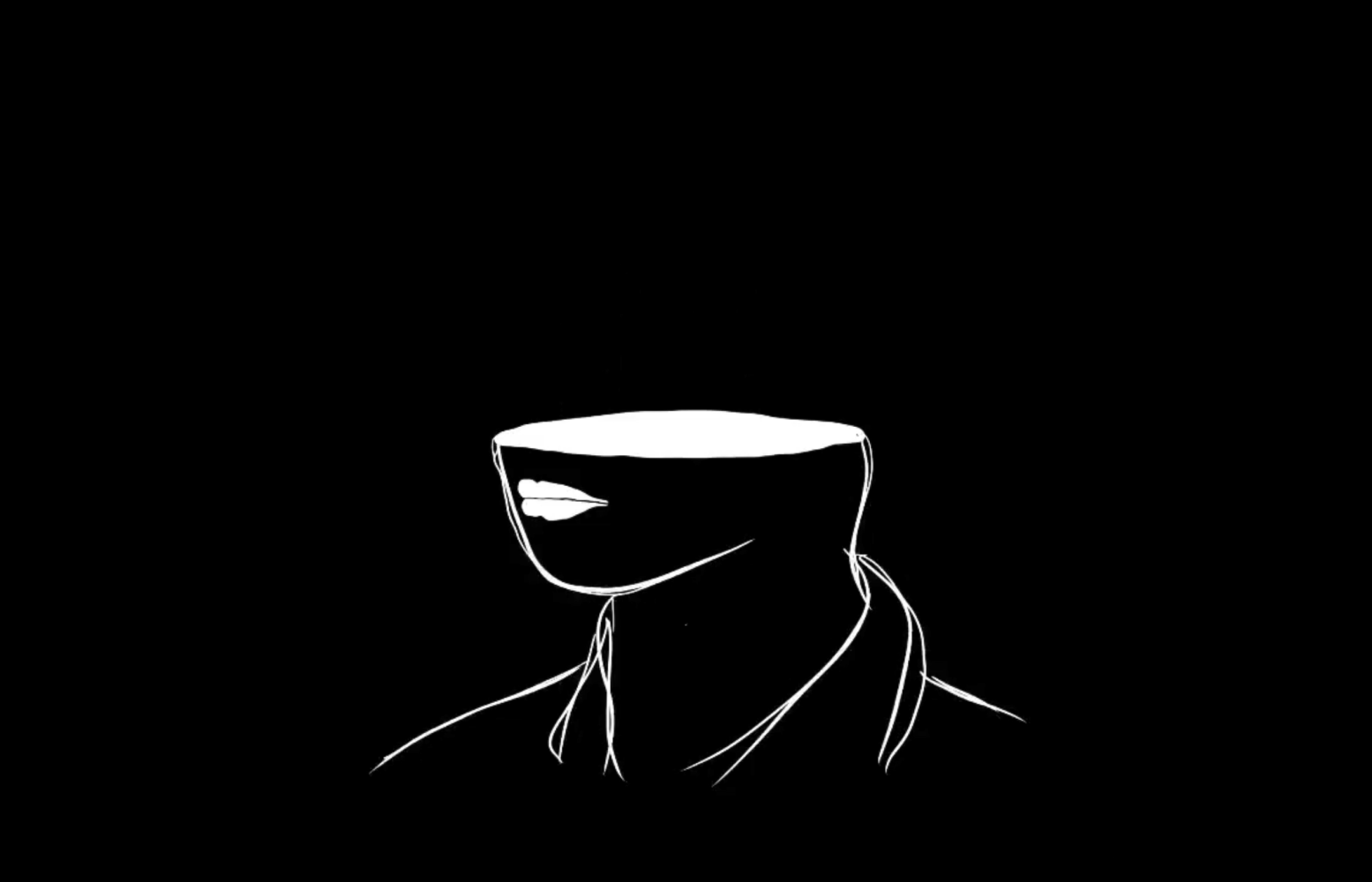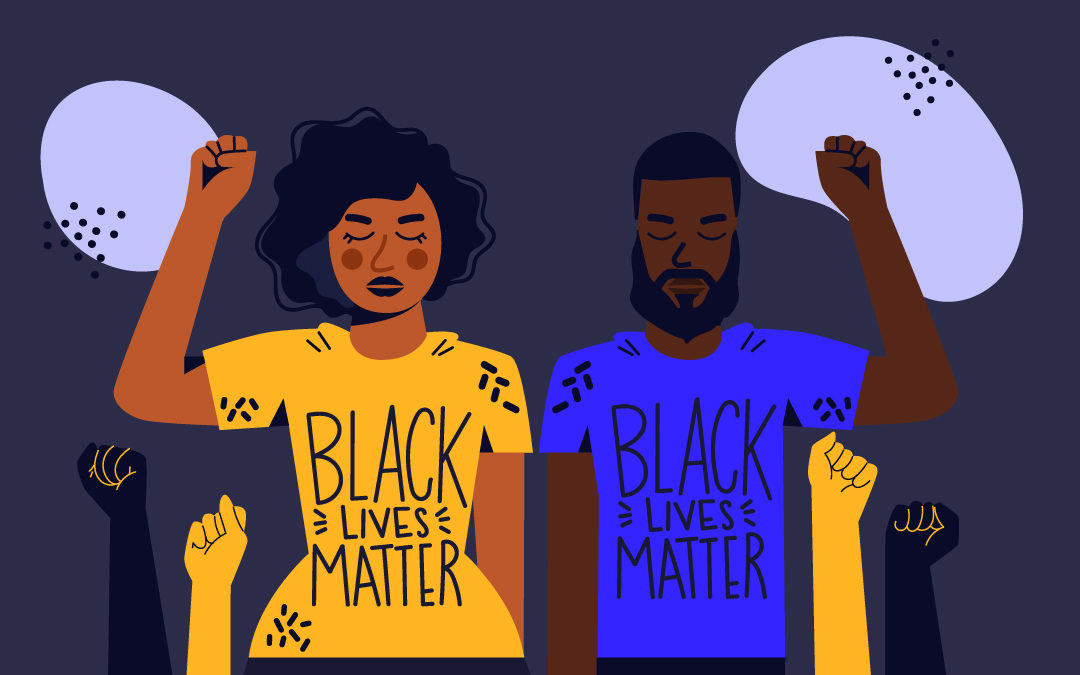A Thought Piece from Keyoni Scott, Designer at Emotive Brand.
Demanding Change
Ahmaud Arbery, Breonna Taylor, Trayvon Martin, Sandra Bland, the list goes on and on. The murder of George Floyd has been a trigger for a lot of people to finally stand up and demand change. People are flooding the streets and protesting. Signing petitions and sending emails to government officials. Sparking conversations they used to avoid. Donating money to Black Lives Matter and other impactful groups like Campaign Zero, the NAACP Legal Defense and Educational Fund, the ACLU, Black Visions Collective. Racial aggressions are being brought to the surface. White leaders are resigning. The weight of discriminative and racist cultures is being felt—finally. And I’ve thought a lot about why this murder? Why now? And what can I do–as a Black man working in a predominantly white community? What can my community do better?
I wanted to write this piece for many reasons, some said and some unsaid. One, I want to hold my friends, my colleagues, and my peers accountable. Two, I’ve been inspired by Black voices during this time and I want to inspire other Black peers to share what they are thinking, doing, and feeling. Three, I want to better connect my workplace and our skills with groups, organizations, and schools in Oakland. We all need to begin somewhere to spark change in the world. I’m starting here.
My Perspective on Discomfort
We live in a world where systemic racism is by design. Many Blacks have been living this reality for hundreds of years. I live in a pretty diverse community in Oakland, but yet find myself surrounded predominantly by white coworkers. Being one of the only Black people surrounded by white people, it can be hard to speak out or let your voice be heard. I have no problem having those uncomfortable conversations about race with my Black peers. But that same conversation with a white person quickly turns into an uncomfortable situation that turns into silence.
The murder of George Floyd and the events that have happened have forced these conversations, dialogs, and uncomfortable situations where non-Blacks can truly grow to better understand what it means to be Black in America. I love and embrace that discomfort.
This is a moment for white people to accept the conversation, accept that they don’t know, and accept being uncomfortable—like we’ve felt for so long. And it’s through these conversations that I’ve discovered that most all of the people around me do care. They are on my side. They do want to step up, listen, learn, and do better. They do want change.
Inspired By
Seeing my peers and fellow Blacks stand up inspired me to do what I can. To question: what’s the thing that I can do to change the world? For some, bringing about change means marching at the protest frontlines. For others, it’s running for office and bringing a change to the system from within. I think it’s important to say that action is meaningful—period. No action is less meaningful than the next. Action is the thing that matters. For me, it was important to accept that. To not be discouraged by the small things. Small things matter. A million small actions together can create collective change. Think about the ripple out effect of one conversation. How those people in dialog at work bring that conversation back to their homes, their friends, their neighbors, their kids. So how did I start? How did I inspire myself? I asked myself: what can I realistically do? What am I good at? That’s how I will make my mark.

Supported By
I’m fortunate to work in an environment where these conversations can take place. These past few weeks, more than anything, have proved that dialog between your peers can spark change. We’ve had difficult, uncomfortable conversations at Emotive Brand—hard but important dialogs. But, I have felt invited to speak my mind in a culture where everyone can speak their mind. We’re calling each other out more, talking about what content is important right now. We’re dividing and conquering, we’re figuring out how we can do better. We’ve got work to do but we are doing work.
Where Are the Black Designers?
Being Black in America for me has always meant I was one step behind. Always playing catch up in a system that wasn’t built for me. I was 22-years-old when I got my first Mac and started to explore the creative possibilities in the Adobe Suite. As someone who has worked twice as hard to learn and grow in my field, I see the lack of equity and representation in the design world as a deeper, larger issue than recruitment.

So, when I thought about my profession and where I can realistically help, the place for impact was obvious to me: schools. It makes sense to try to focus my efforts in the Oakland community where kids of color might not have the same opportunities as others. I want to give back to the youth of Oakland and give them a chance that I didn’t have when I was younger. To show the world of design to them and inspire them to pursue that as a career if it interests them. To even the playing field as best I can. So they won’t have to play catchup like I did. And so that they can look around at the desks next to them and see more black and brown faces than I do today. This inspired the action we have decided to take as a Studio.
Here’s What We Plan on Doing as an Agency
We’re thinking long-term. Short-term actions are great, but that’s the bare minimum. How can we create a sustainable plan for the next 10 plus years? Here’s our roadmap thus far. We will update our plan as it evolves as we are actively shaping it. We’ve created four Equality and Representation committees that will lead the following initiatives both internally and externally.
1. Establish a grassroots program in schools.
We will create a grassroots program that introduces design and branding to middle-school-aged kids, with a focus on Oakland schools.
2. Establish a gift.
We will fund a scholarship for Black high school students in Oakland looking to pursue a college degree in a graphic design-based program.
3. Create a more inclusive dialog.
We will look for ways to actively promote content through our thought leadership channels that is more inclusive and engaging to all people.
4. Increase diversity in our team.
We will actively look for and encourage BIPOC to join our team by opening up different channels for seeking out and appealing to top talent.
Again, this is just the start. Let’s work together. Please reach out if you want to talk, connect, or are looking for greater support or partnership. Emotive Brand and I stand with our Oakland community.





